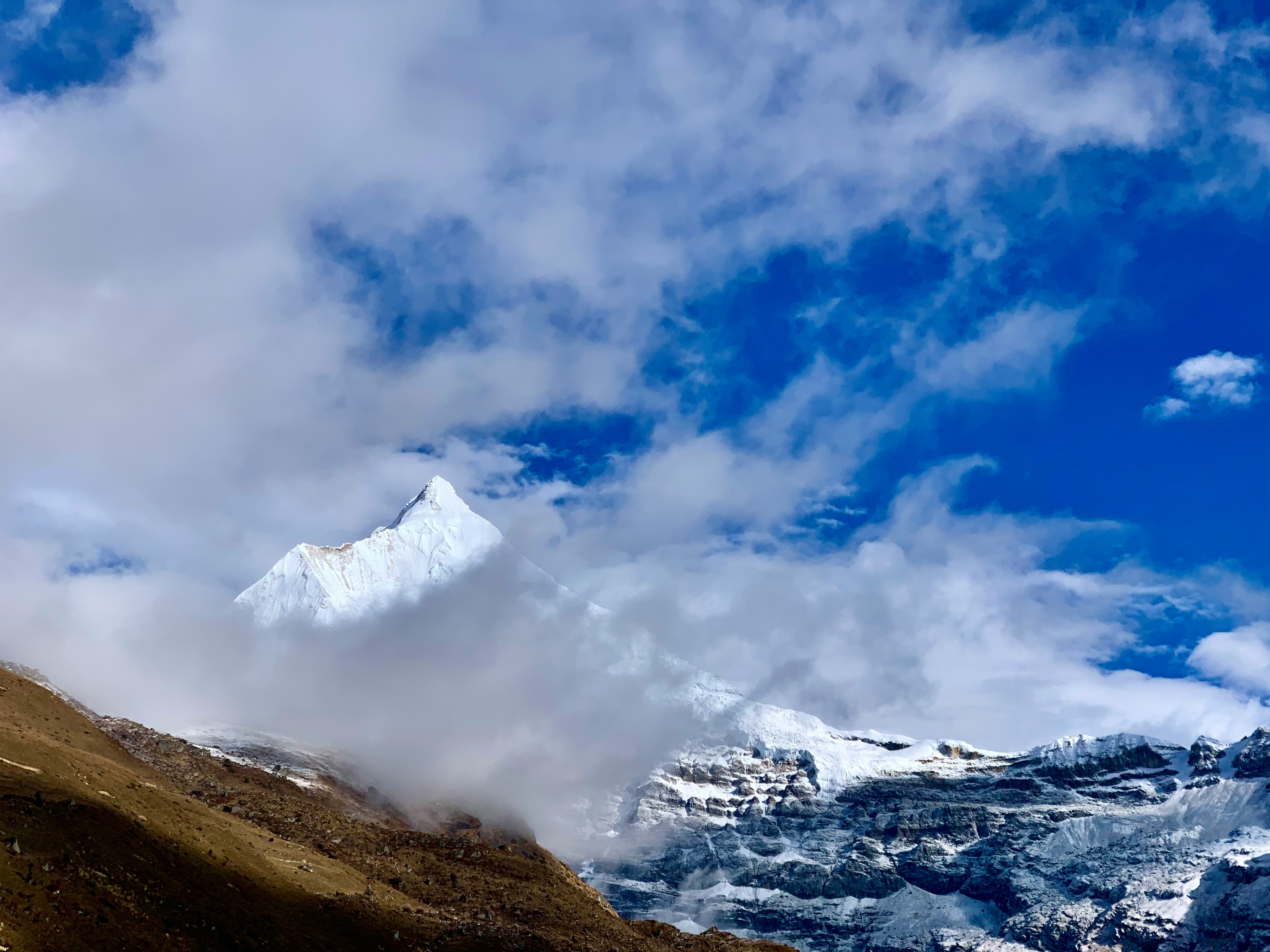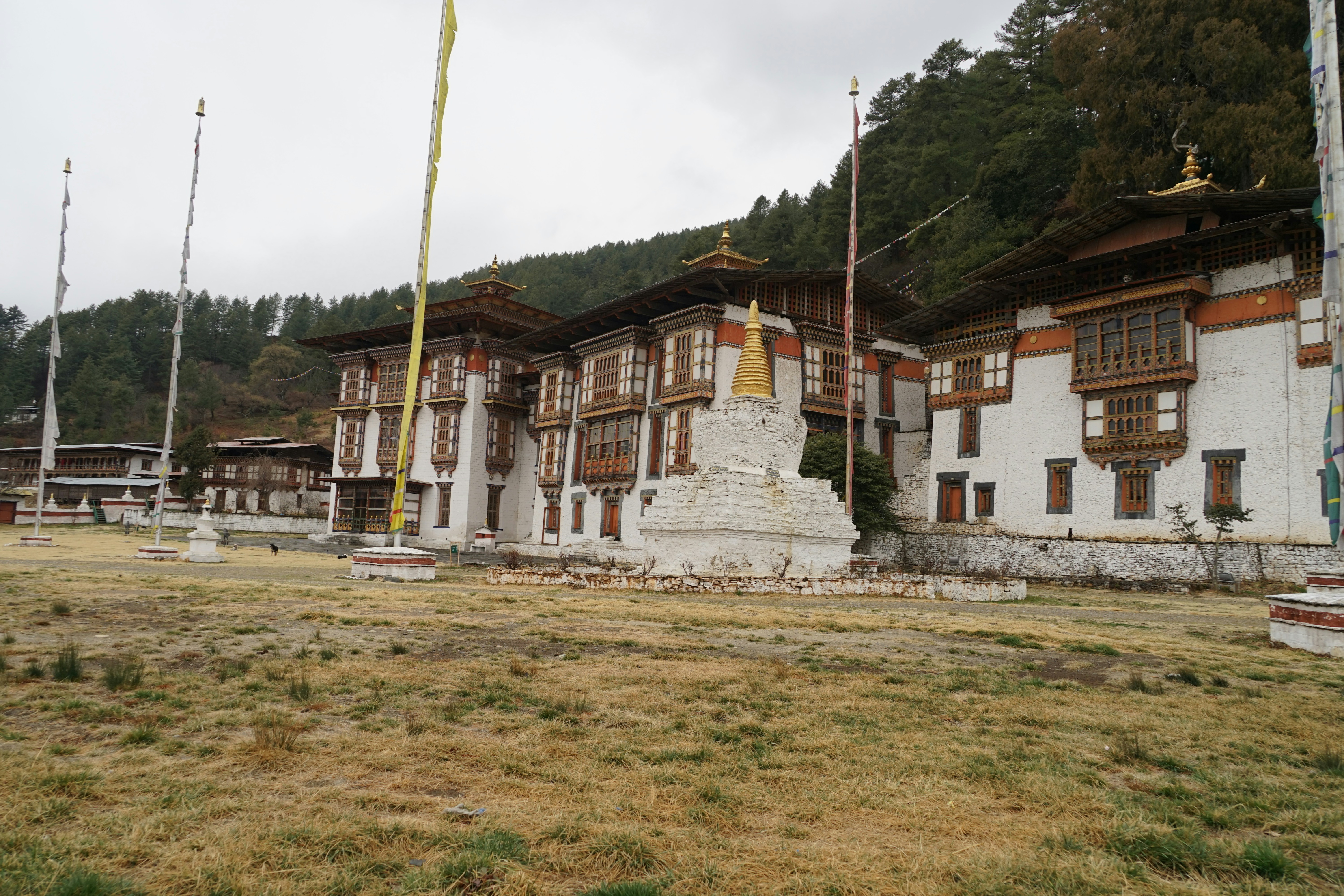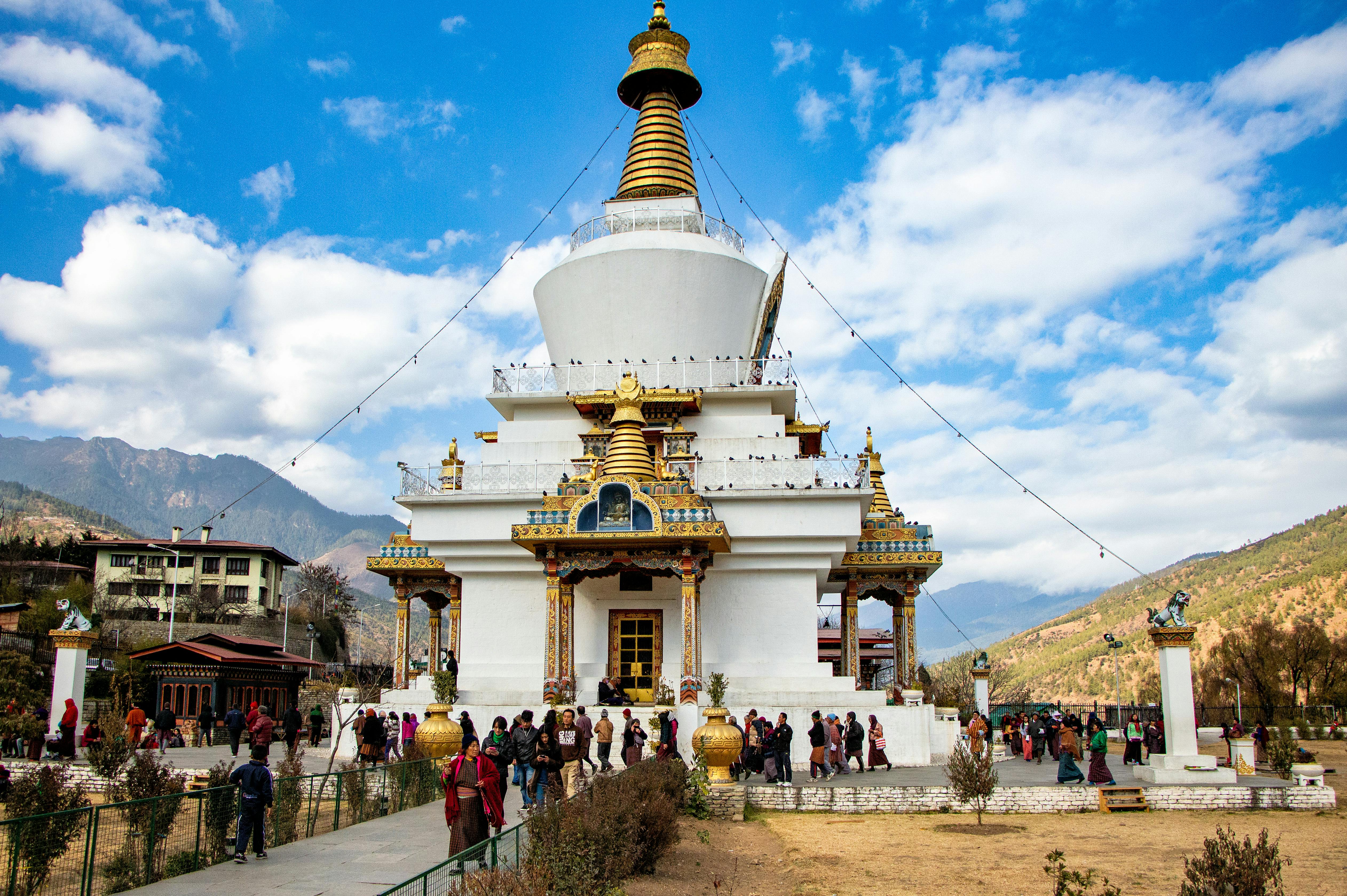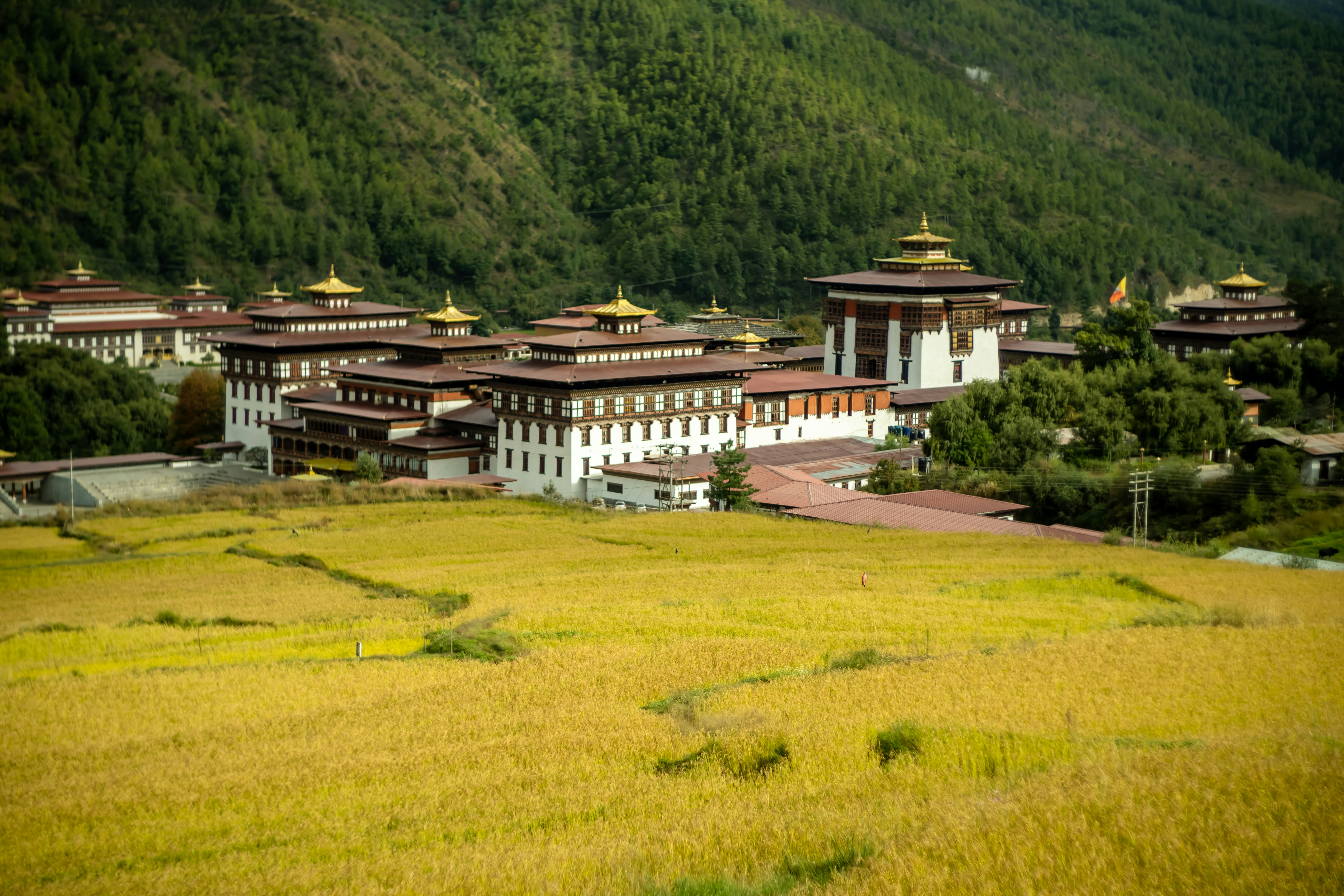Where is Bhutan?
Bhutan is a small landlocked country on the eastern Himalayan range of South Asia. It is located beside Nepal, and between India and China. We call our country Druk Yul, which translates as Land of the Thunder Dragon.
Geography and Climate
Bhutan is a mountainous country with peaks in the northern parts reaching heights of over 7,000 meters (23,000 feet). Most of us live in the fertile valleys of the country through which our vast network of rivers flow. The temperate climate in these valleys are characterized by warm summers and cold winters. The southern foothills and plains experience hot and humid summers and cool winters of a subtropical climate.



